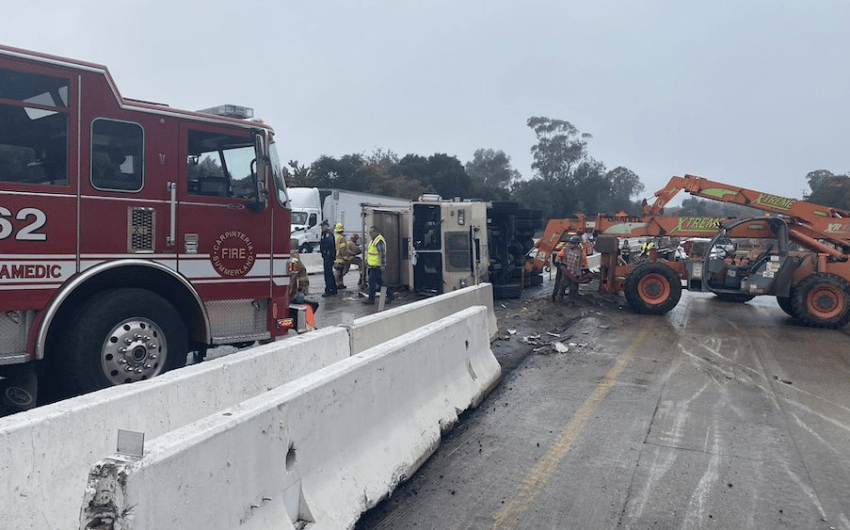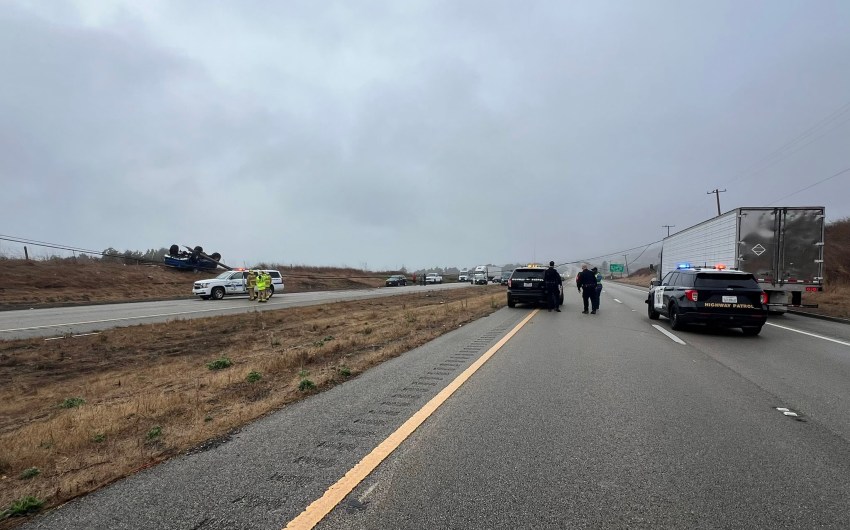Preparing for the ‘Silver Tsunami’ in Santa Barbara
Housing Affordability, Caregiver Concerns for City’s Growing Population of Older Adults

Santa Barbara is growing old in a hurry.
By 2030, one in four people in the county will be over the age of 60 (up from the historical average closer to 10 percent). And as the population gets older, the concerns over housing affordability and the availability of professional caretakers become even more serious, especially among those older adults who rely on a fixed income to cover their expenses.
Last week, Margaret Weiss with the Independent Living Resource Center brought up these concerns during a City Council briefing on the “Master Plan for Aging,” which lays out the city’s plan to address the upcoming “silver tsunami” of older residents.
The plan to address the boom of older adults — many of whom are baby boomers living longer as a result of advances in health care — began with a statewide initiative in 2021 that provided $9.5 billion toward resources for seniors. These funds went toward mental-health services, counseling, senior nutrition programs, and other resources.
According to Weiss, while the city is ahead of the curve in regard to accommodating older adults in many ways, there is a severe lack of housing that is affordable and accessible to older residents. In fact, she said, one out of every two people without housing in the county are above age 50.
“It’s really all about affordability and availability,” Weiss said, “You know this, and it’s something you’re already concerned about, but it’s a challenge in the community.”
In the American Association of Retired Persons (AARP) “livability index,” which scores cities in a number of categories, Santa Barbara’s lowest rating was in housing affordability, with a 47 out of 100. The issue has gotten so bad that, in some cases, older adults find themselves homeless.
“We are seeing more people, particularly women, lose their housing because of affordability,” Weiss said. “And it’s very often tied to the fact that Social Security does not really cut your living expenses in California, let alone in Santa Barbara.”
The second largest issue that comes with the growing number of older adults is the lack of caretakers. One third of adults over 60 are living with a disability, one in five have a chance of developing dementia, and over 70 percent are in need of help either at home or a facility. But due to low wages and a limited amount of interest in the profession, there are simply not enough caregivers to go around.
“We do not have today the number of caregivers that we need to take care of older adults,” Weiss said.
To combat this, efforts are being made to make caretaking “more viable,” Weiss said, by offering programs at local high schools and improving the wages.
While no action was taken by the council, Weiss offered a few suggestions for the city, such as joining in AARP’s “Age-Friendly Communities” program, which provides direction, structure, and “very deep pockets” toward resources for seniors.
Premier Events
Sat, Nov 30
11:00 AM
Santa Barbara
Mosaic Makers Market – Small Business Saturday
Thu, Dec 05
5:00 PM
Santa Barbara
First Thursday at Art & Soul in the Funk Zone
Thu, Nov 28
1:00 PM
Santa Barbara
The Cruisery Open on Thanksgiving
Fri, Nov 29
3:30 PM
Buellton
A Cowboy Christmas 2024
Fri, Nov 29
7:30 PM
Santa Barbara
Friendsgiving Country Night Black Friday
Sat, Nov 30
1:00 PM
Santa Barbara
Grateful Gathering-Live Dead & Jerry@The Brewhouse
Sat, Nov 30
1:00 PM
Santa Barbara
1st annual Funk Fest
Sat, Nov 30
9:30 PM
Santa Barbara
Numbskull Presents: The Cure & More DJ Night
Sun, Dec 01
5:00 PM
Santa Barbara
Paseo Nuevo Tree Lighting Ceremony
Fri, Dec 13
12:00 PM
Santa Barbara
Gem Faire
Fri, Dec 13
7:00 PM
Santa Barbara
SBHS 2024 Annual Fall Dance Recital
Sat, Nov 30 11:00 AM
Santa Barbara
Mosaic Makers Market – Small Business Saturday
Thu, Dec 05 5:00 PM
Santa Barbara
First Thursday at Art & Soul in the Funk Zone
Thu, Nov 28 1:00 PM
Santa Barbara
The Cruisery Open on Thanksgiving
Fri, Nov 29 3:30 PM
Buellton
A Cowboy Christmas 2024
Fri, Nov 29 7:30 PM
Santa Barbara
Friendsgiving Country Night Black Friday
Sat, Nov 30 1:00 PM
Santa Barbara
Grateful Gathering-Live Dead & Jerry@The Brewhouse
Sat, Nov 30 1:00 PM
Santa Barbara
1st annual Funk Fest
Sat, Nov 30 9:30 PM
Santa Barbara
Numbskull Presents: The Cure & More DJ Night
Sun, Dec 01 5:00 PM
Santa Barbara
Paseo Nuevo Tree Lighting Ceremony
Fri, Dec 13 12:00 PM
Santa Barbara
Gem Faire
Fri, Dec 13 7:00 PM
Santa Barbara






















